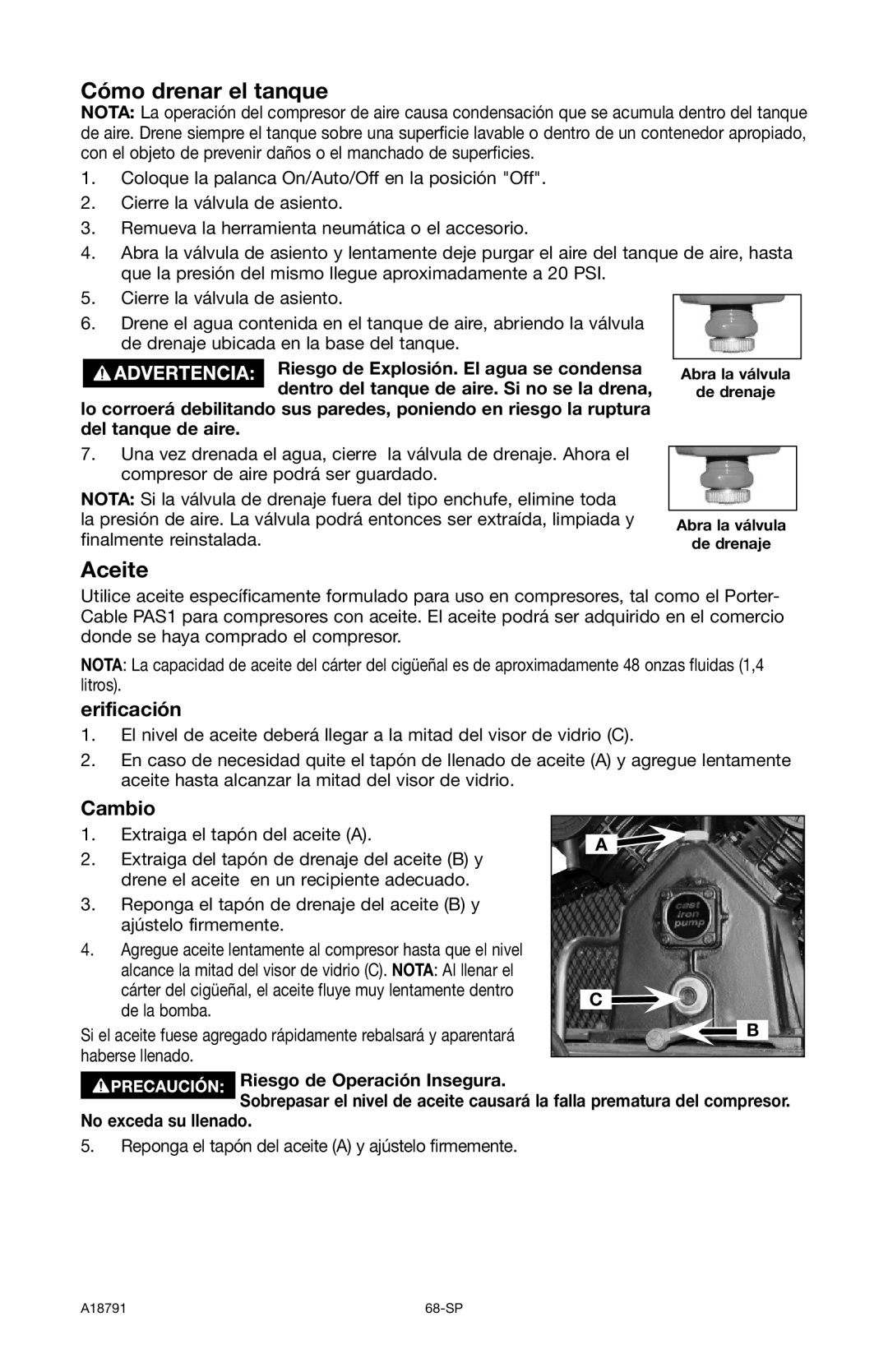E7540 specifications
The Excell Precision E7540 is a cutting-edge piece of CNC machinery designed for precision engineering applications. This versatile machine is primarily used in the manufacturing sector for tasks that require high levels of accuracy and efficiency. The E7540 stands out due to its robust construction and sophisticated technologies that cater to modern industrial demands.One of the standout features of the E7540 is its high-speed spindle, which allows for rapid material removal and reduced cycle times. The spindle’s speed can reach impressive RPMs, making it suitable for a wide range of materials, including metals, plastics, and composites. This capability is crucial for industries that require quick turnaround times without compromising on quality.
Additionally, the Excell E7540 is equipped with an advanced CNC control system, providing users with intuitive programming and operation capabilities. This user-friendly interface simplifies the setup process and allows operators to easily create complex machining operations. The control system supports various programming languages, making it adaptable for operators with different skill levels.
Another key feature of the E7540 is its high rigidity and stability, thanks to its solid cast iron base and precision-ground components. This structural integrity minimizes vibrations during the machining process, ensuring that the finished products meet strict tolerances. The machine also includes linear guides and ball screws that enhance motion accuracy, further improving the overall machining performance.
The Excell E7540 incorporates cutting-edge technologies such as adaptive control systems that adjust machining parameters in real time. This feature helps in optimizing cutting conditions based on material properties and tool wear, leading to improved tool life and reduced operational costs.
Moreover, the E7540 offers a generous working envelope, allowing for the machining of larger components without the need for multiple setups. Its automatic tool changer can handle a wide variety of tools, enabling quick transitions between different machining tasks.
In conclusion, the Excell Precision E7540 combines advanced engineering with innovative technologies to provide an exceptional machining experience. Its high-speed spindle, sophisticated control system, structural rigidity, and adaptive features make it an ideal choice for manufacturers looking to enhance productivity while maintaining unparalleled quality standards. As industries continue to evolve, the E7540 stands ready to meet the challenges of modern manufacturing.

